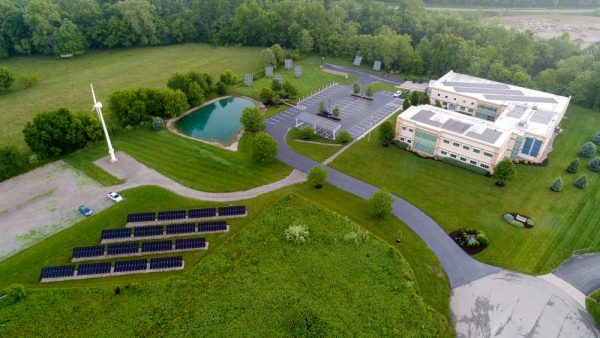To quote a critically acclaimed HBO television series, “winter is coming, and we know what’s coming with it.” While it may not be as bad as the army of the dead, we can expect winter to bring about a variety of HVAC issues that can cost more pennies than shivers. Here are the top three most preventable winter mishaps, and how they can be avoided with a little DIY maintenance.
- Frozen Pipes
Besides fire, a building’s biggest enemy is water. Only this time of year, unwelcomed water doesn’t come in the form of humidity or a leaky roof, rather, in the form of solid icy pipes. Many building owners will try to cut costs by not heating their buildings at all times while completely unaware that above ceiling and sub-floor spaces can fall below zero in extreme cold weather. These spaces are home to water pipes that can freeze and burst causing un-flushable toilets, compromised showers, inaccessible tap water, and not mention, outrageous repair costs. The residual heat from the livable spaces above or below these pipes help to keep temperatures above freezing, so setting the thermostat to at least 65 °F throughout the day and night should keep the water flowing. In addition, be particularly aware of areas that are unheated or are constantly exposed to the elements like garages, loading docks, and basement storage rooms. Insulated pipes and walls will help to seal the deal.
- Uneven Airflow and Temperatures
Depending on the season, air is circulated throughout a building in different ways. Cold air falls which is why in the summer months, closing floor vents to allow more air to diffuse from ceiling vents is most effective in cooling a space. The opposite is true in the winter months where rising warm air is best circulated from floor diffusers and baseboard radiators. Knowing these trivial properties about air temperature can best optimize how your building is heated or cooled, so let the cool air fall and the warm air rise!
- Dirty Furnace Filters
While problems that arise from dirty or clogged filters are not unique to the winter, it’s still one of the most common culprits for defective air conditioning. A unit’s air filter removes particulates from the pre-conditioned air and allows the clean air to be conditioned and distributed. If a filter is clogged, airflow is reduced, and the terminal units will have to run longer to achieve desirable space temperatures. In the colder months, the air becomes dry which can dehydrate a person’s skin as a result. With dead skin cells making up 70 to 80 percent of dust content, it’s no wonder that the winter sees some pretty dirty filters. Changing an air filter is one of the easiest, cheapest, and most effective way to ensure maximum heating outputs which is why new filters should be installed before every season.
These winter mishaps are snow laughing matter, but just like bad puns, they’re easy to spot. Keeping these three common maintenance issues in mind will allow you to brave the cold and keep cozy all winter long.
